Sowing Seeds Of Plane Trees – Learn How To Plant Plane Tree Seeds
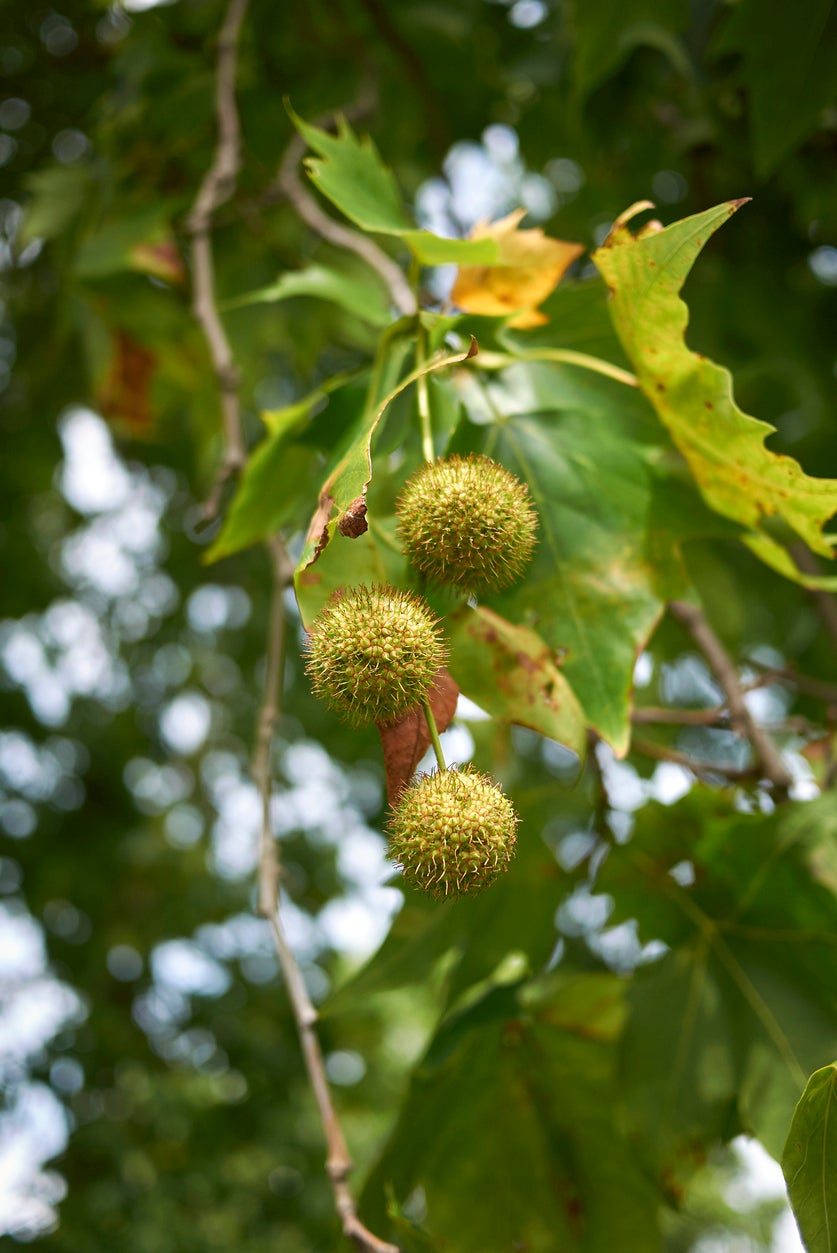

Plane trees are tall, elegant, long-lived specimens that have graced urban streets around the world for generations. Why are plane trees so popular in busy cities? The trees provide beauty and leafy shade; they are tolerant of less than ideal conditions, including pollution, poor soil, drought, and hard wind; and they are rarely bothered by diseases or pests. Plane trees are easy to propagate by taking cuttings, but if you’re patient, you can try growing plane trees from seed. Read on to learn how to plant plane tree seeds.
How to Plant Plane Tree Seeds
When preparing for plane tree seed propagation, start a planting bed in spring or summer, in advance of planting in fall. The site should be protected from wind by a wall, hedge, or artificial windbreak. The best soil for plant tree seed propagation is loose and moist. However, plane tree seed propagation can take place in nearly any soil, with the exception of heavy clay. Clear the area of all weeds, then dig in a generous amount of well-rotted leaf mold. Leaf mold contains fungi that improves soil structure and promotes seedling growth. Continue to remove weeds as they sprout, then hill up the soil and rake the bed smooth just prior to planting.
Gathering and Planting Seeds of Plane Trees
Gather seeds of plane trees when they turn brown in autumn or early winter, then plant them in the prepared bed immediately. Cover the seeds lightly with soil, using the back of a rake. Alternatively, keep the seeds cool and dry in the refrigerator for five weeks, then plant them in the prepared bed in late winter or early spring. Soak the seeds for 48 hours, then let them drain before planting.
Germinating Plane Tree Seeds
Water the bed lightly but frequently. Fertilize regularly, using a product formulated for seedlings. A layer of mulch will moderate soil temperature and help keep the soil evenly moist. The young plane trees will be ready to transplant in three to five years.
Gardening tips, videos, info and more delivered right to your inbox!
Sign up for the Gardening Know How newsletter today and receive a free copy of our e-book "How to Grow Delicious Tomatoes".

A Credentialed Garden Writer, Mary H. Dyer was with Gardening Know How in the very beginning, publishing articles as early as 2007.
-
 Grow ‘Karl Rosenfield’ Peony Plants For The Ultimate Frilly Border Beauties And Cut Flowers
Grow ‘Karl Rosenfield’ Peony Plants For The Ultimate Frilly Border Beauties And Cut FlowersFor frilly double magenta peony petals infused with a heady fragrance, grow ‘Karl Rosenfield’ peony plants. Here’s how to cultivate the ultimate plushy blooms
By Tonya Barnett
-
 10 Common Composting Problems That Can Spoil Your Garden Gold – Plus Easy Fixes
10 Common Composting Problems That Can Spoil Your Garden Gold – Plus Easy FixesLearn how to troubleshoot common composting issues before they ruin your stash – from bad smells and bugs to materials not breaking down as they should.
By Susan Albert
-
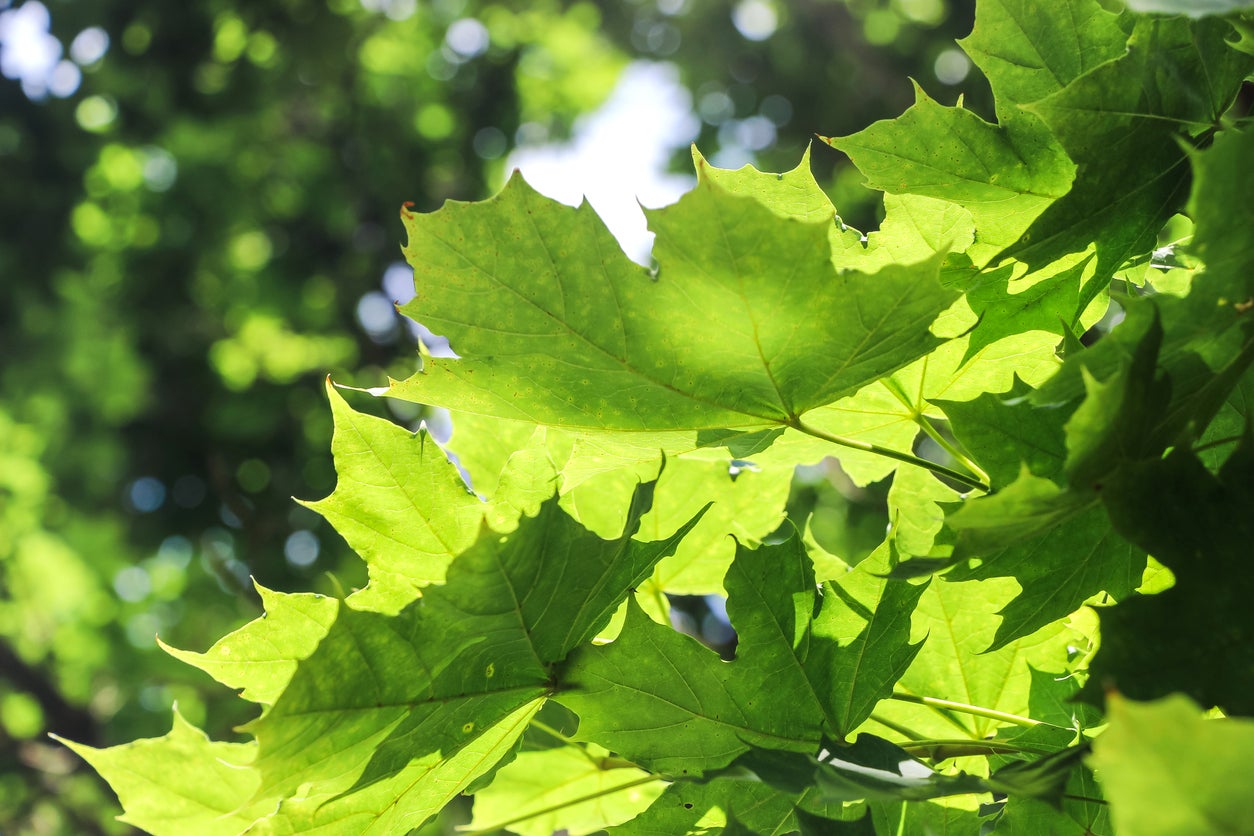 Plane Tree Varieties – Learn About Different Kinds Of Plane Tree
Plane Tree Varieties – Learn About Different Kinds Of Plane TreeWhat comes to mind when you think of a plane tree? The purpose of this article is to clear up the differences among the many types of plane tree. Click here to learn more about the different plane tree varieties you might come across.
By Liz Baessler
-
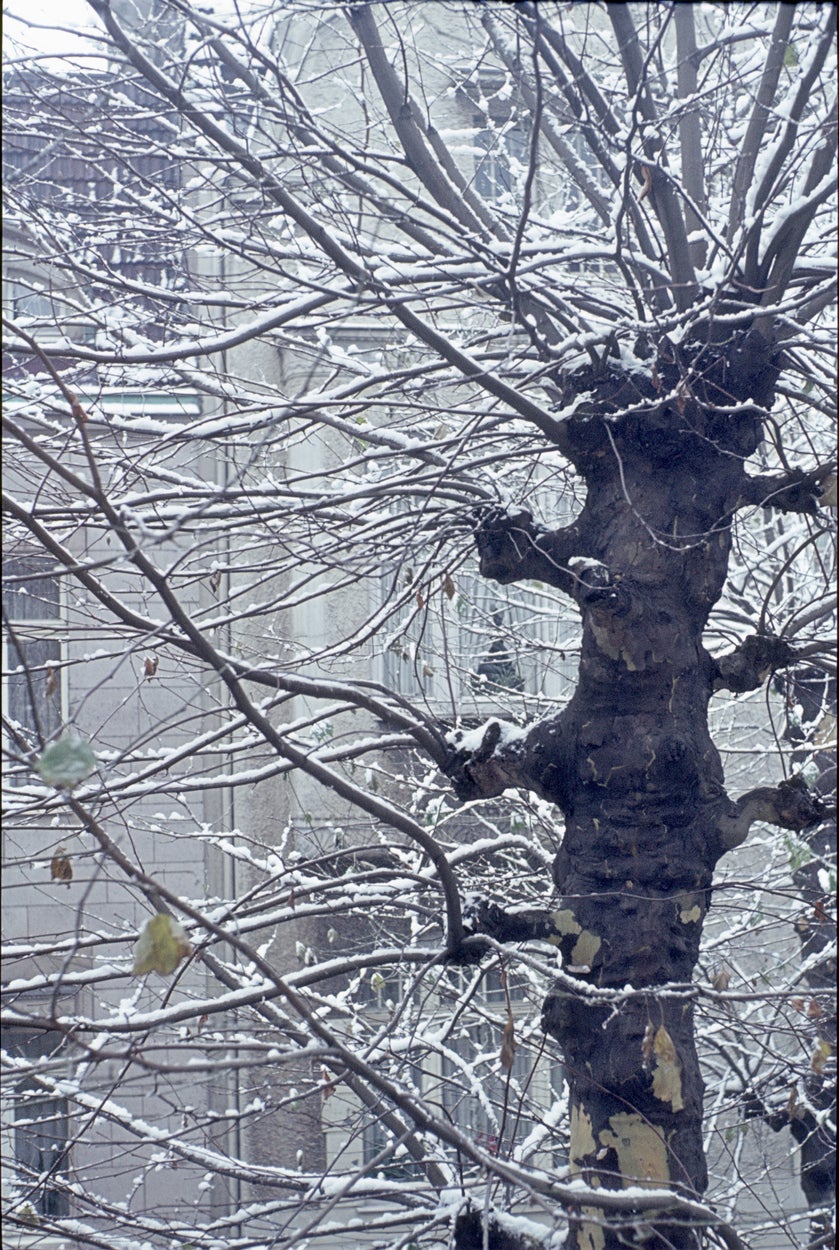 Plane Tree Winter Care – How To Prevent Plane Tree Winter Damage
Plane Tree Winter Care – How To Prevent Plane Tree Winter DamageFrost cracks on plane trees are the most dangerous signs of cold damage. However, most winter plane tree problems are superficial and the tree will heal itself over time. Learn when to worry and when to wait on plane tree winter damage in this article.
By Bonnie L. Grant
-
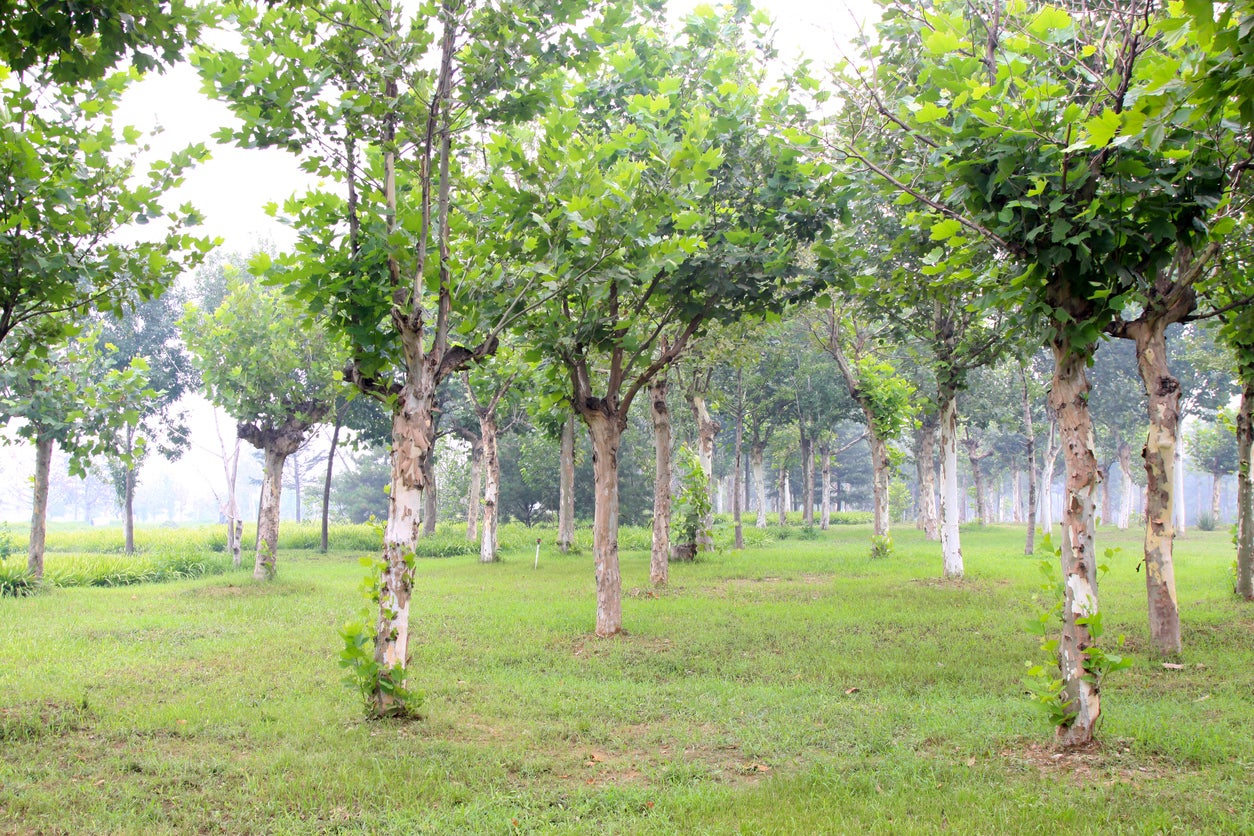 Oriental Plane Tree Info: Learn About Oriental Plane Trees
Oriental Plane Tree Info: Learn About Oriental Plane TreesWhat is an oriental plane tree? It is a deciduous tree species that can be an attractive shade tree in the backyard. If you want to know more about oriental plane trees, click here. You’ll find lots of oriental plane tree info plus tips on growing an oriental plane tree of your own.
By Teo Spengler
-
 Plane Tree Benefits – What Can Plane Trees Be Used For
Plane Tree Benefits – What Can Plane Trees Be Used ForThe big, leafy plane tree graces streets in some of the busiest cities around the world. This versatile tree has adapted to survive pollution, grit and punishing wind, living on to provide welcome beauty and shade for many years. Find more plane tree benefits here.
By Mary H. Dyer
-
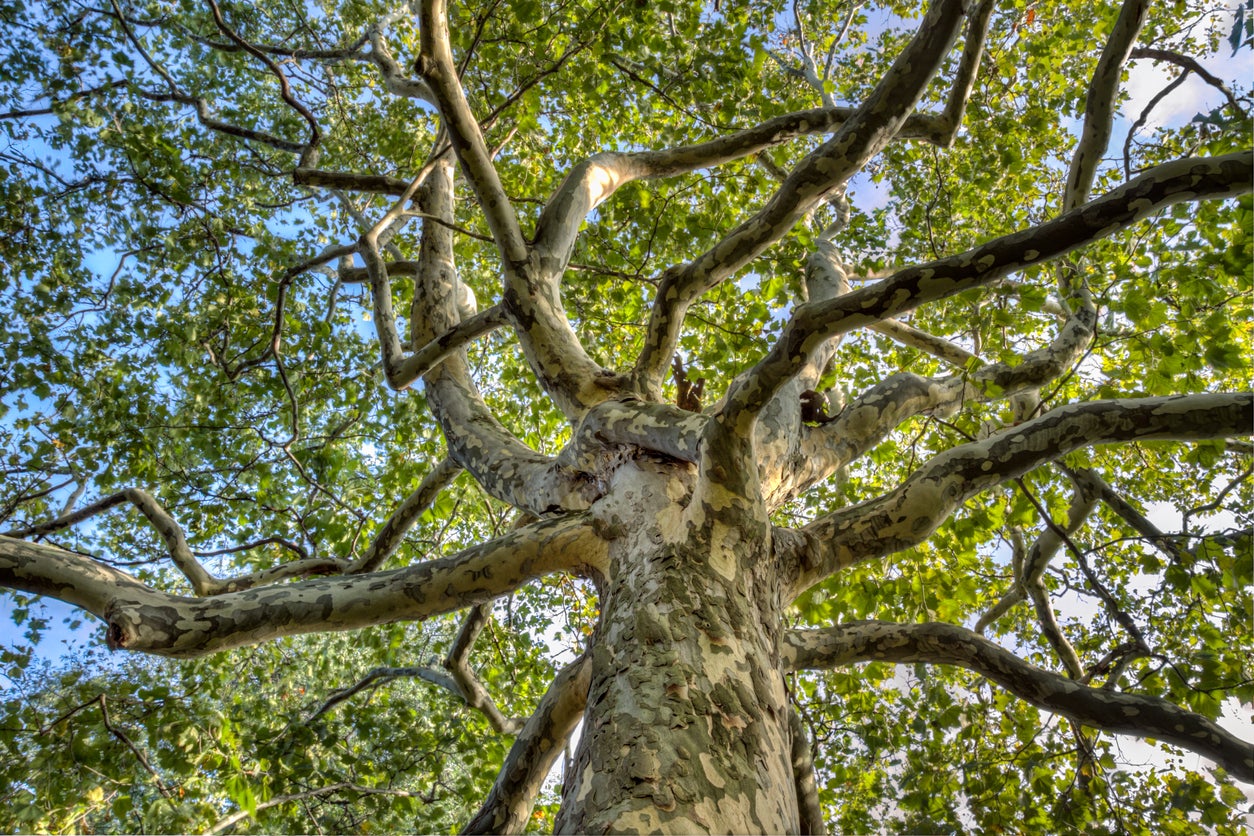 Plane Tree Water Needs – Tips For Watering A London Plane Tree
Plane Tree Water Needs – Tips For Watering A London Plane TreeLondon plane trees have been popular urban specimens for nearly 400 years, and with good reason. They are remarkably hardy and tolerant of a variety of conditions. But how much water does a plane tree need? Click here to learn about watering a London plane tree.
By Amy Grant
-
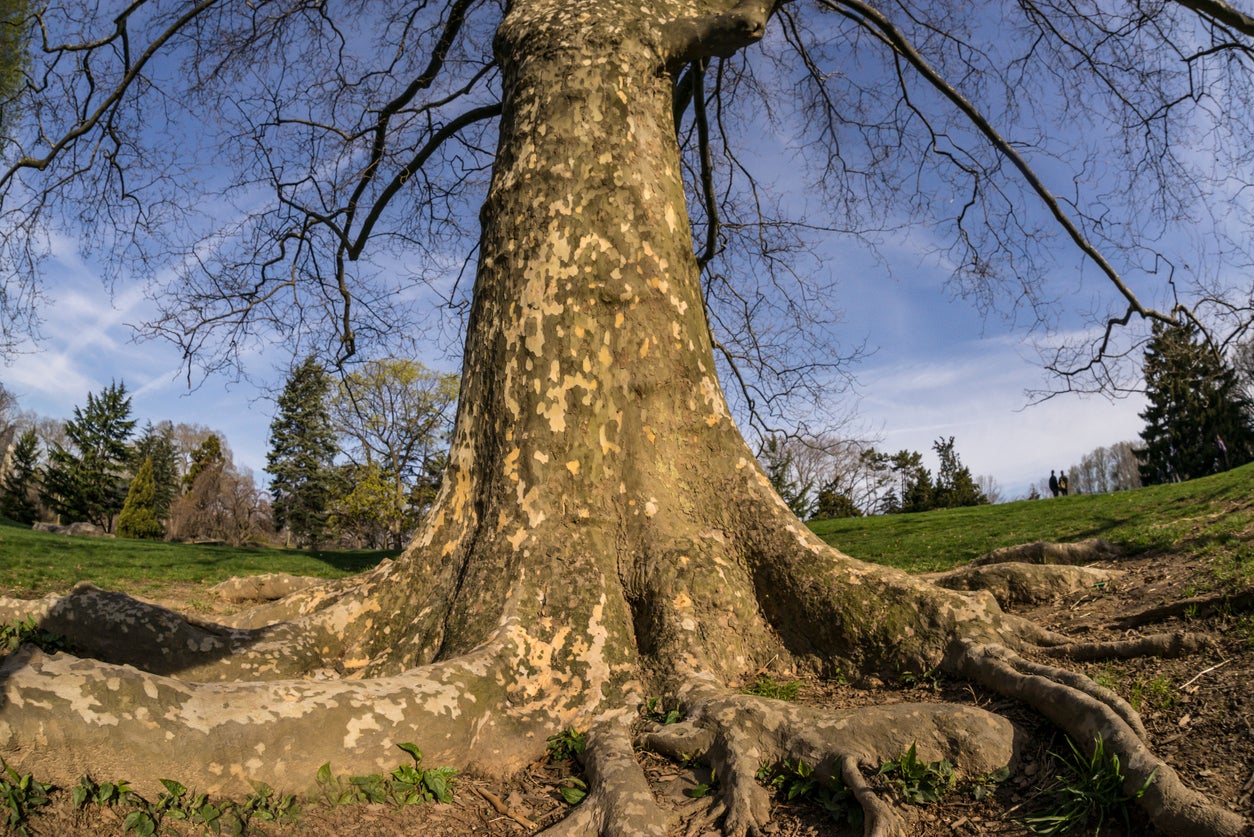 What To Do About Plane Tree Roots – Problems With London Plane Roots
What To Do About Plane Tree Roots – Problems With London Plane RootsLondon plane trees are highly adapted to urban landscapes and as such are common specimens in many of the world’s largest cities. Unfortunately, the love affair with this tree seems to be coming to an end due to problems with plane tree roots. Learn more here.
By Amy Grant
-
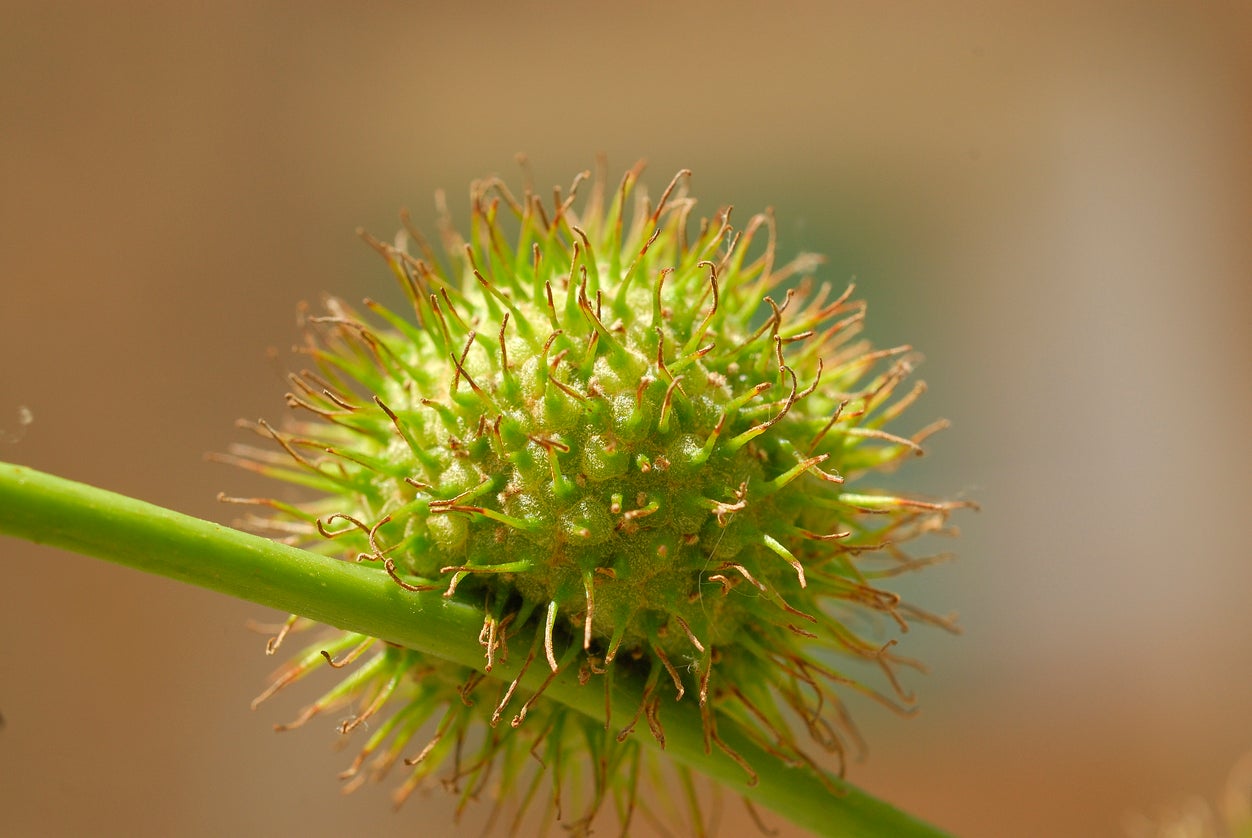 Plane Tree Pollen: Do Plane Trees Cause Allergies
Plane Tree Pollen: Do Plane Trees Cause AllergiesPlane trees are often urban trees, growing in or on the outskirts of cities. Do plane trees cause allergies? Many people say that they have an allergy to London plane trees. For more information on plant tree allergy problems, this article will help.
By Teo Spengler
-
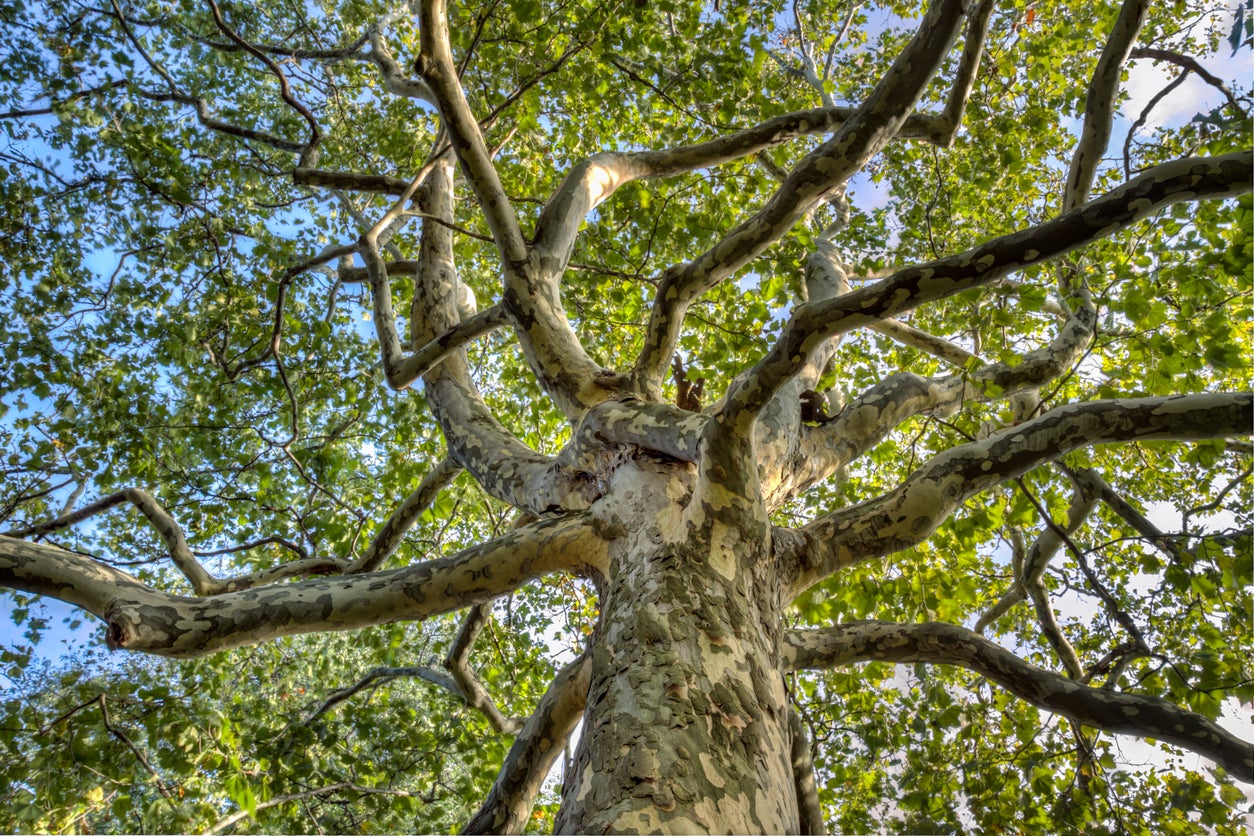 London Plane Tree Problems – How To Treat A Sick Plane Tree
London Plane Tree Problems – How To Treat A Sick Plane TreePlane tree diseases are primarily fungal, although the tree may be afflicted with other London plane tree problems. Click on this article to learn about plane tree diseases and how to treat a sick plane tree in your landscape.
By Amy Grant